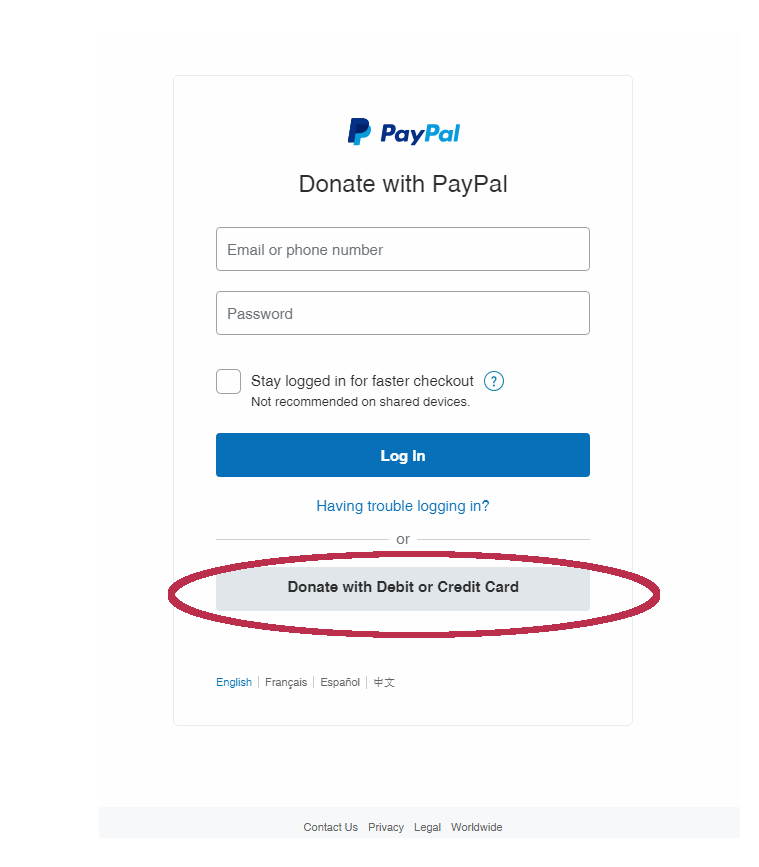
The Post Office:
Service, History, and Significance
The Post Office – an institution with specialized roles, equipment, and procedures – has significantly participated in the development of the U.S. and impacted the lives of its people
We take a particular look at the Post Office in the West, but our presentation is simplified due to lack of space.
Short video tour of the museum exhibit
The exhibit has four sections…
… Four different ways to explore the service, history, and significance of the Post Office.

Marking the Mail
Marking the mail is a crucial step in processing the mail. Stamps need to be marked to prevent theft and fraud. Envelopes may need auxiliary stamps to help them get where they’re supposed to go. These processes are not only important to mail processing, but to stamp collectors as well. How, when and where the mail is marked are significant factors in their value to philatelists. In our collection, several hand cancelers (of various styles and dates), as well as the hand-powered machine cancel (left) show the ways in which the mail was marked.
See from home:

Postal Rates and Money Orders
The ability to send money and mail safely, reliably, and affordably across the country was a major factor in the growth of the country and the expansion out west. The ways in which American citizens bought and sold goods, and the way they communicated long-distance was revolutionary. In our collection, several scales demonstrate affordable postal rates, and the Paymaster (a manual check writer sometimes used to issue money orders) represents the importance of money orders.
See from home:

Operating a Post Office
Post offices are the heart of the community, particularly in the west during westward expansion. They were lifelines of communication and commerce and were essential to the growth of the country. The items on display from our collection show the innovative furnishings and equipment necessary for operating a post office, including stamp vending machines, the Naco post office front itself, and the Brand Automatic Cashier (left), which may not have been as necessary as advertised (see video!)
See from home:
- A history of the companies who made the Naco post office front (pdf)
- The Sadler Co. 1898 catalog (pdf)
- Images of the stamp vending machines (slide show)
- Brandt Automatic Cashier images (slide show)
- Brandt Automatic Cashier POST OFFICE SCANDAL! (video)
- Arizona rural post offices images (slide show)
- Arizona post offices inside businesses (slide show)

A Day in the Life of a Mail Carrier
The postal service uses a variety of delivery methods to deliver the mail, according to the population in the area, terrain, and the efficacy of the method. The letter carriers that travel these routes have their own stories to tell that not only demonstrate the history of the postal service but also unique community and personal history. Items in our collection show the badges, patches, and hats worn as part of the carriers’ uniforms. We also introduce you to actual mail carriers who worked on different kinds of routes, each with their own unique story to tell.
See from home:


















































